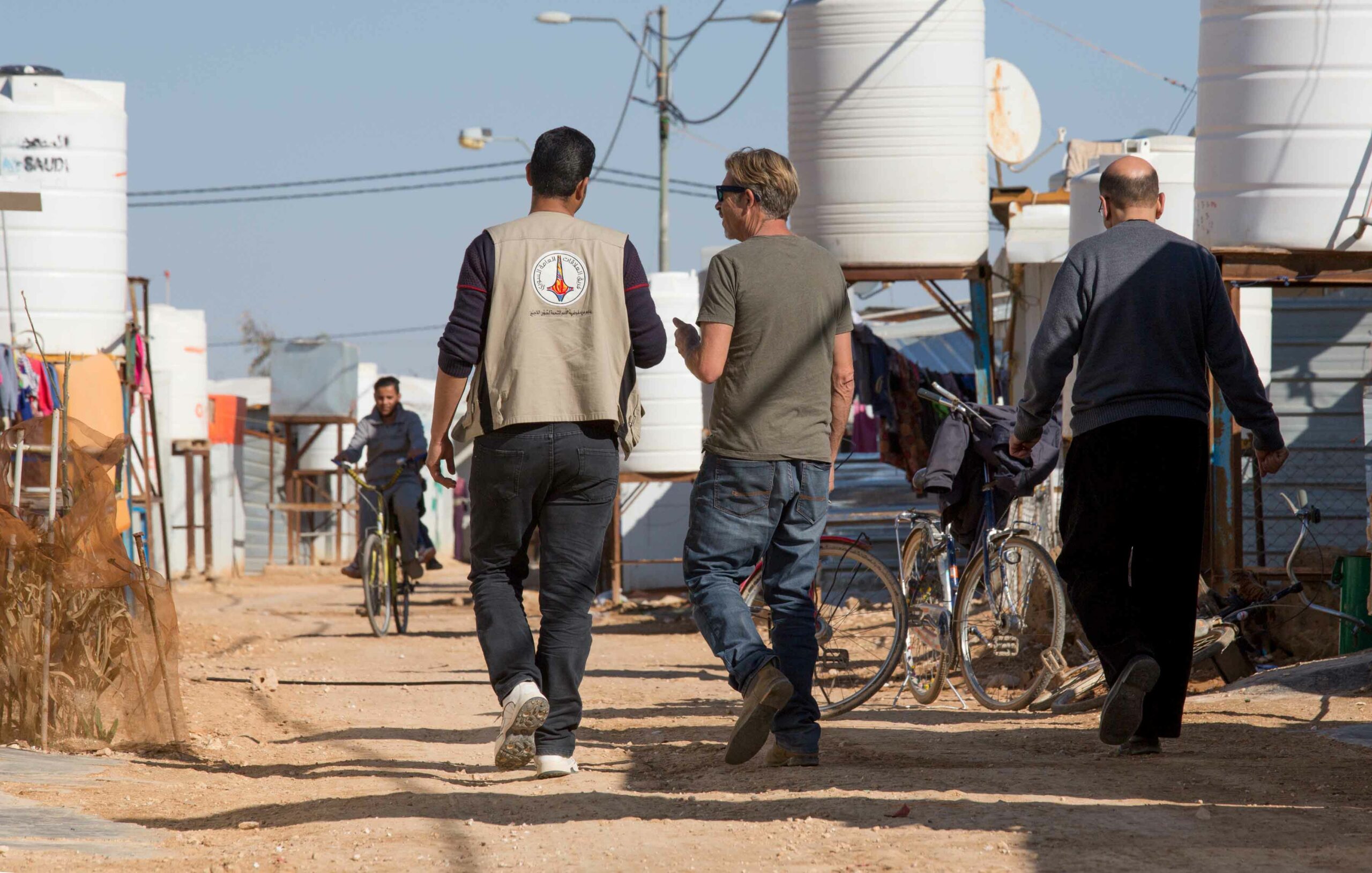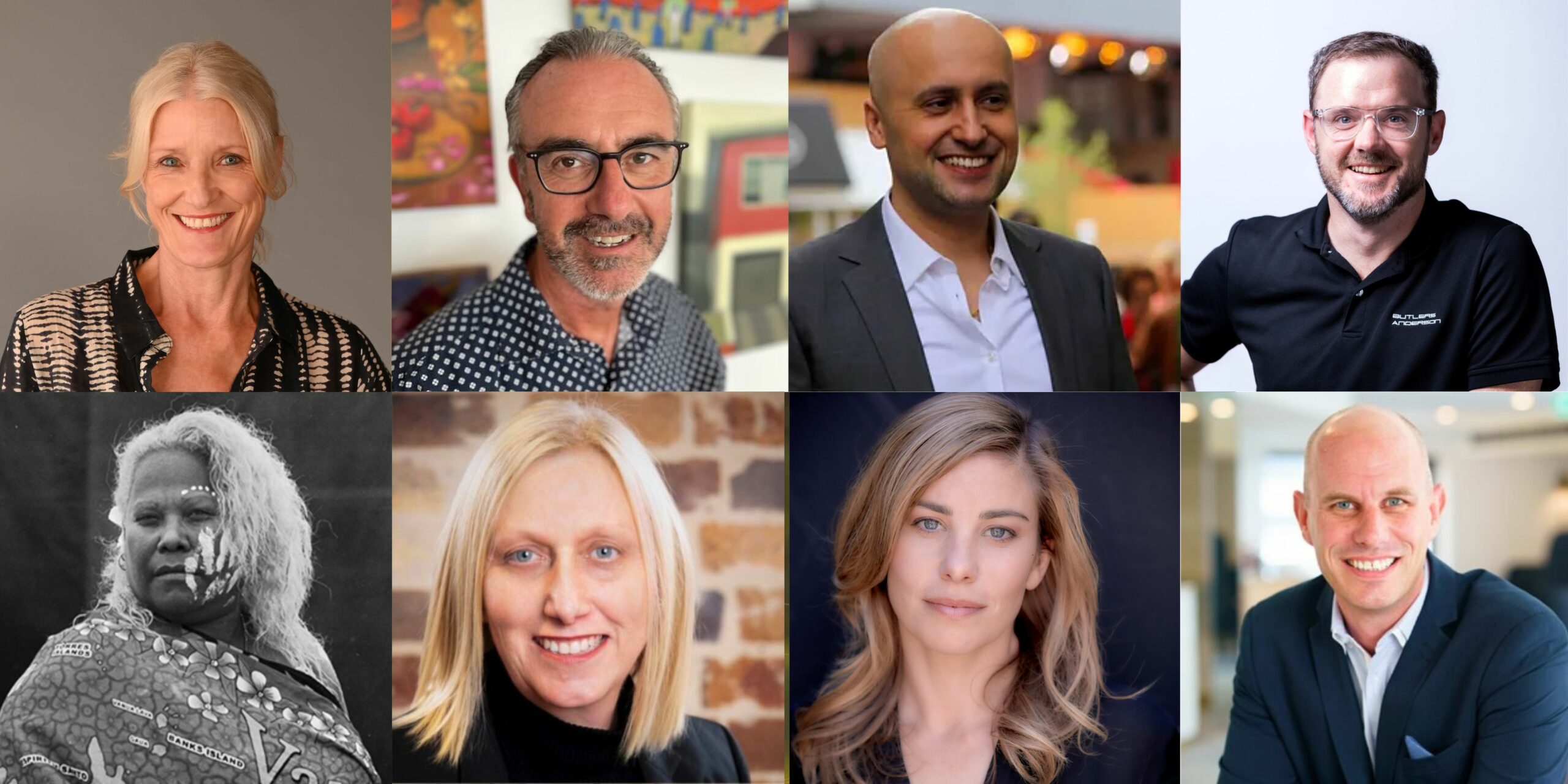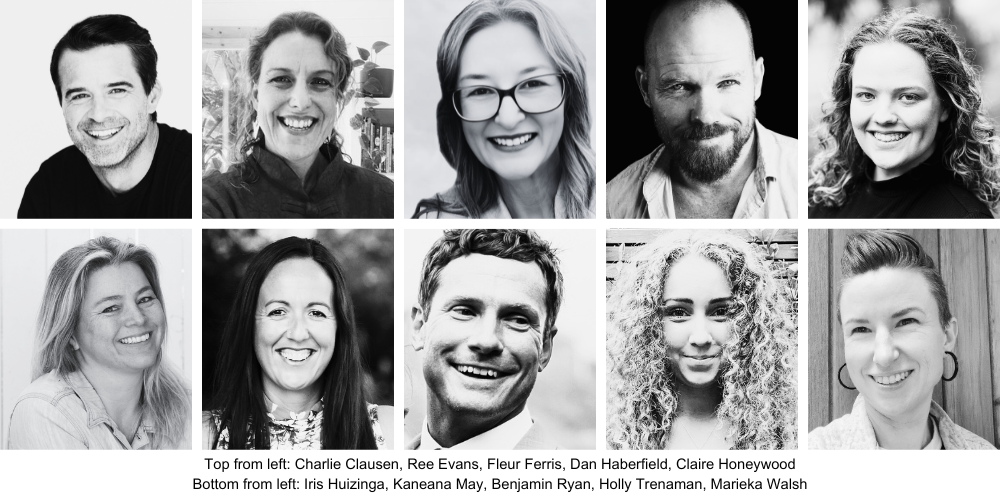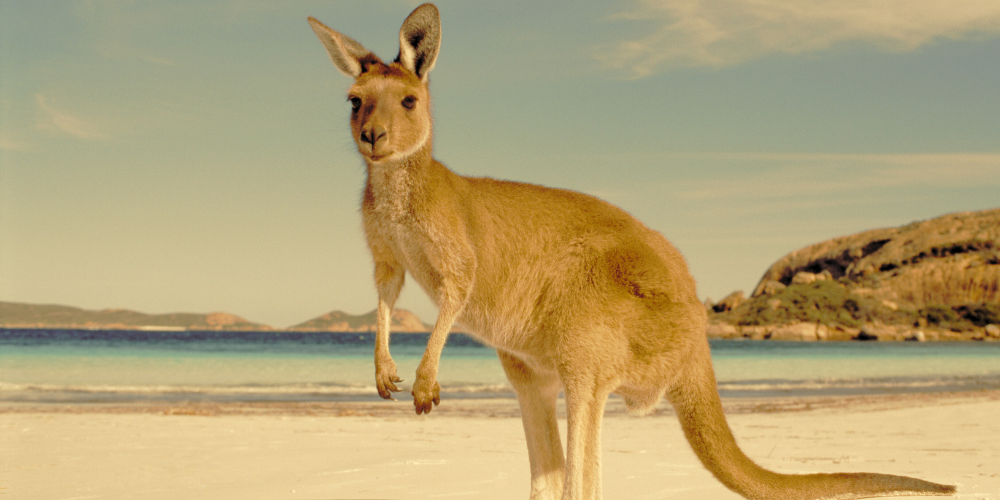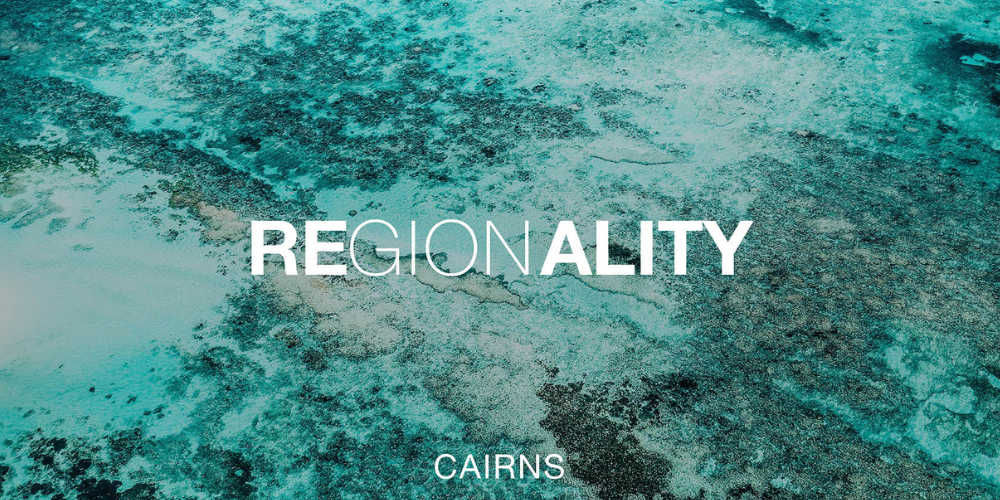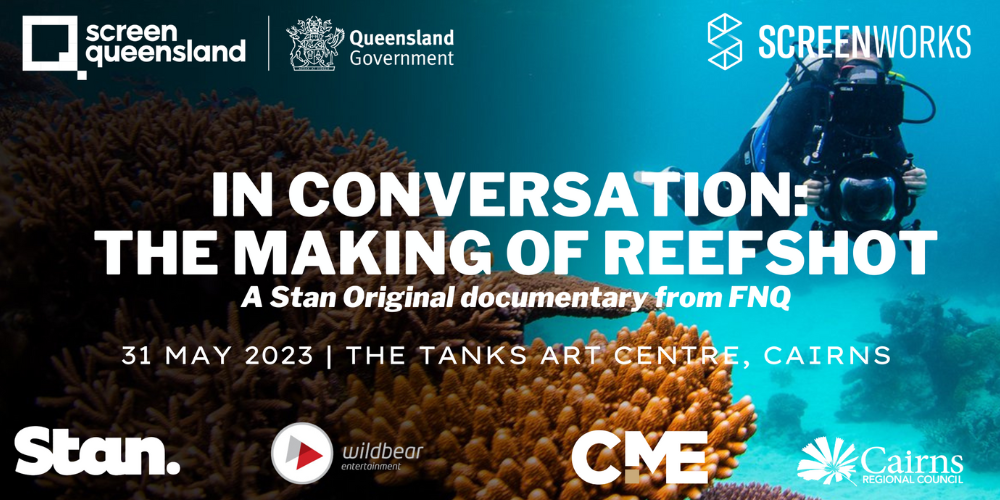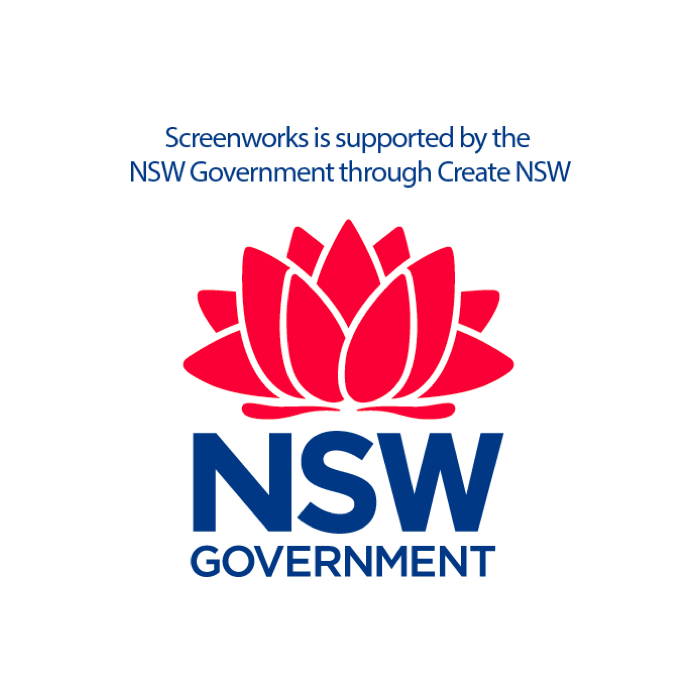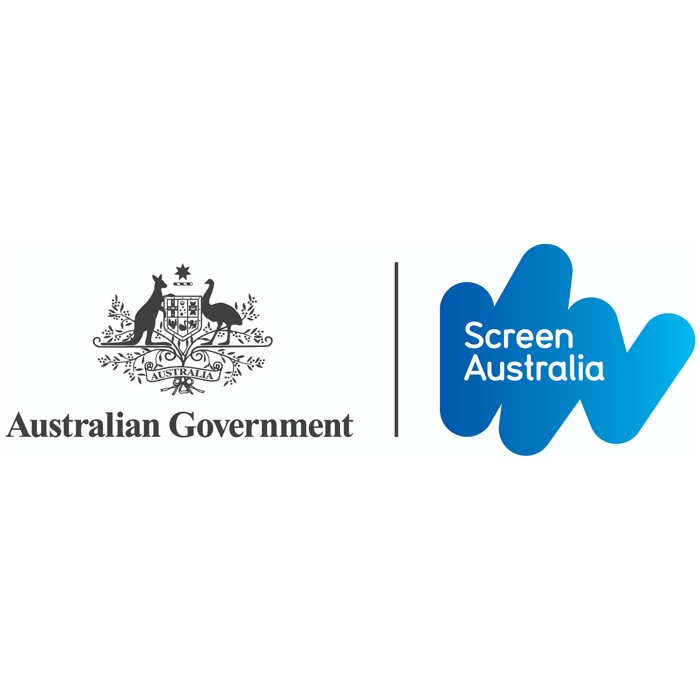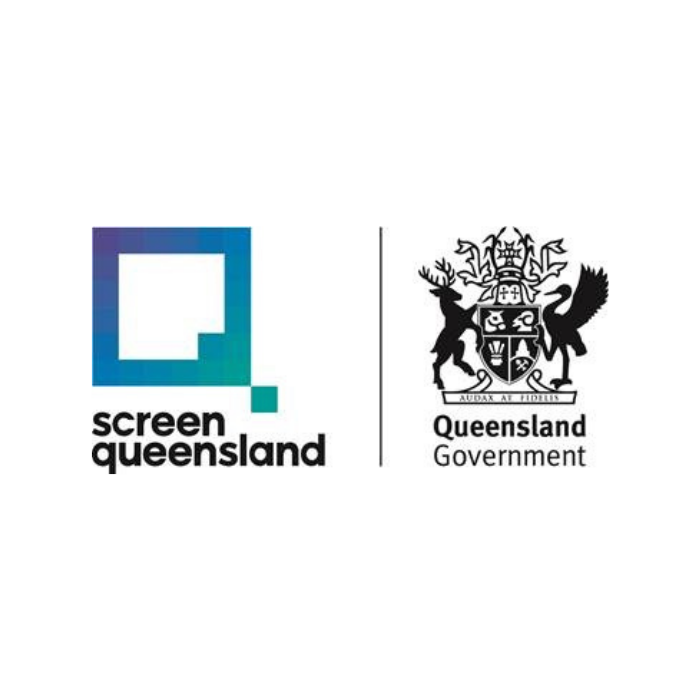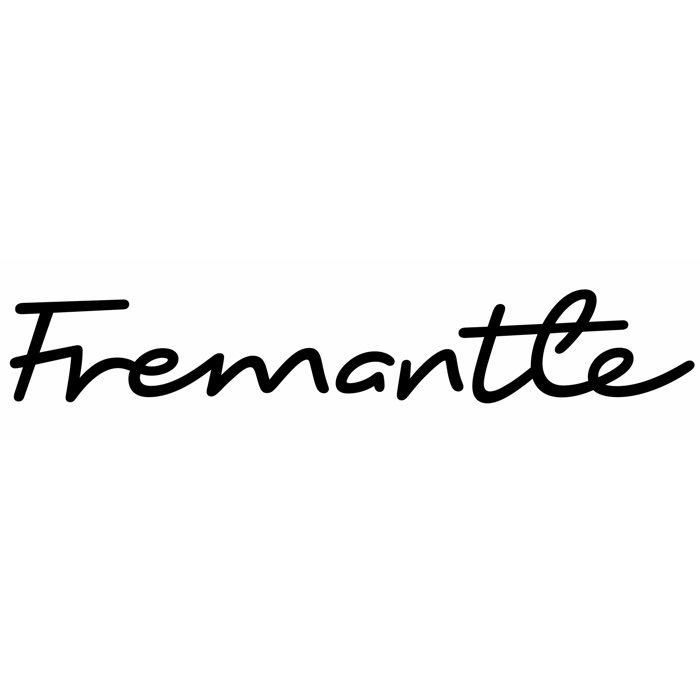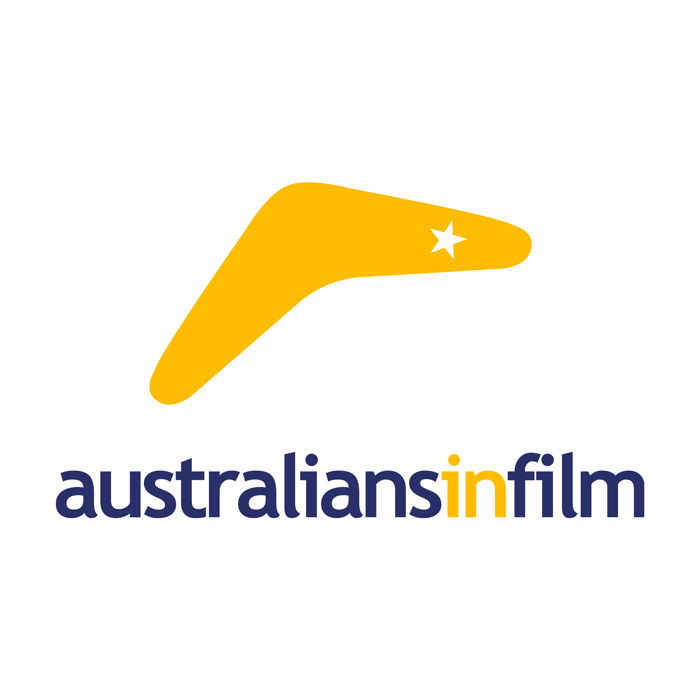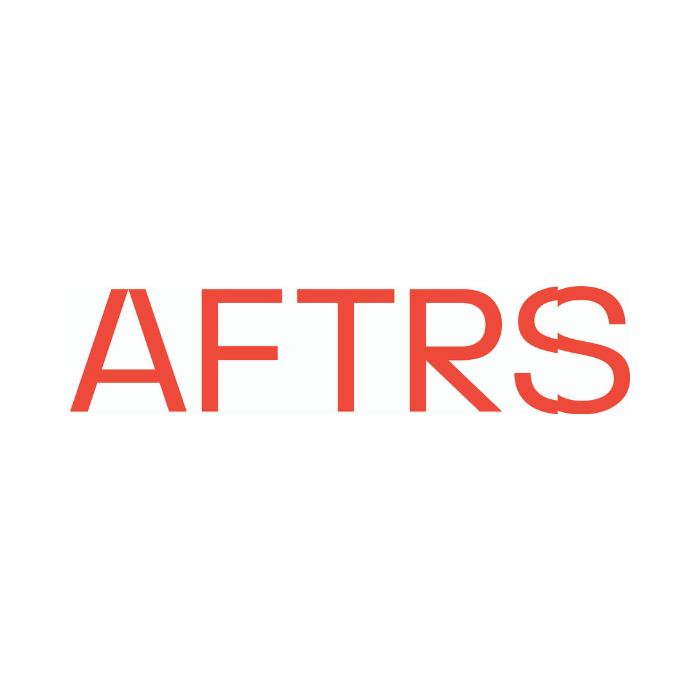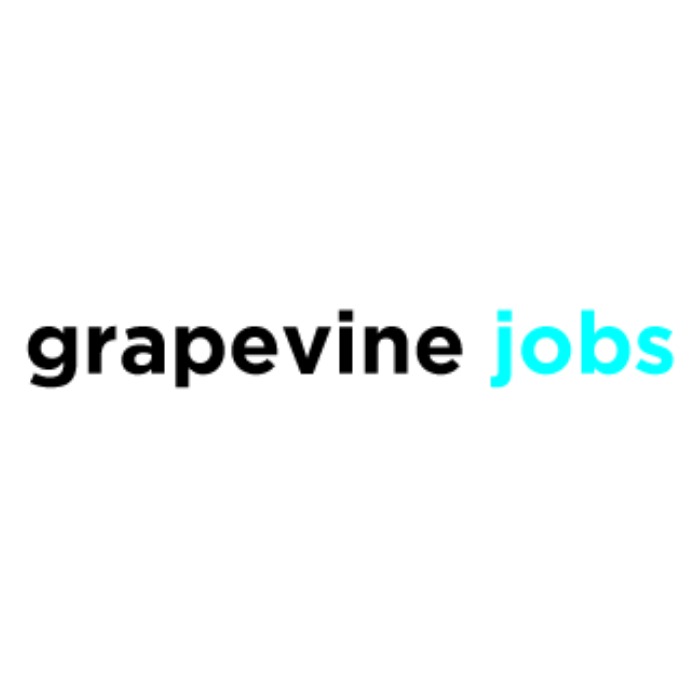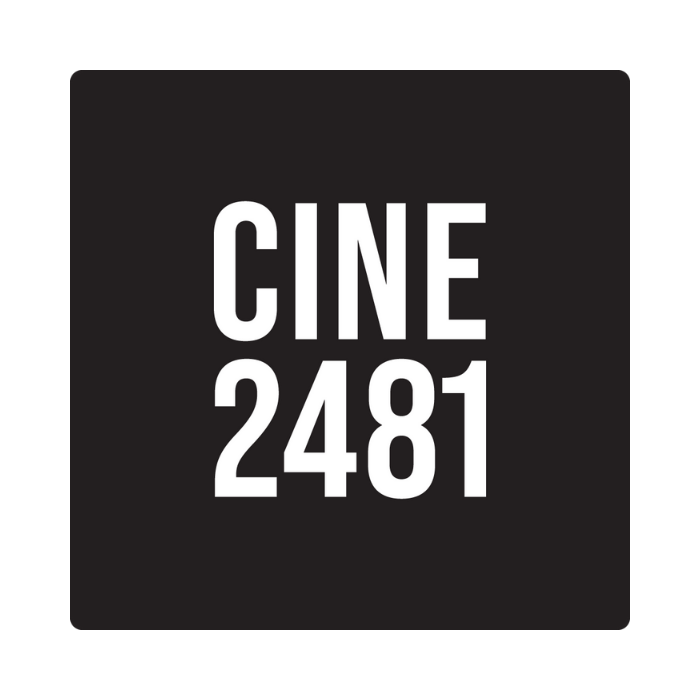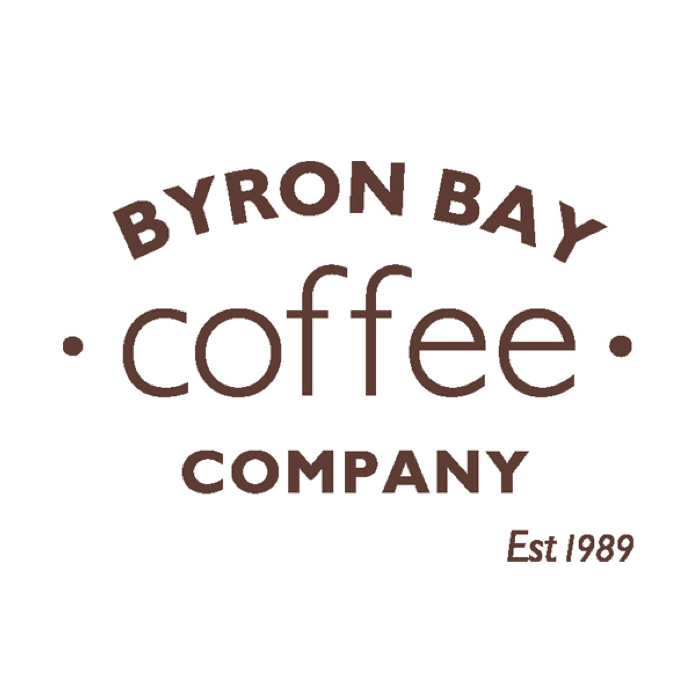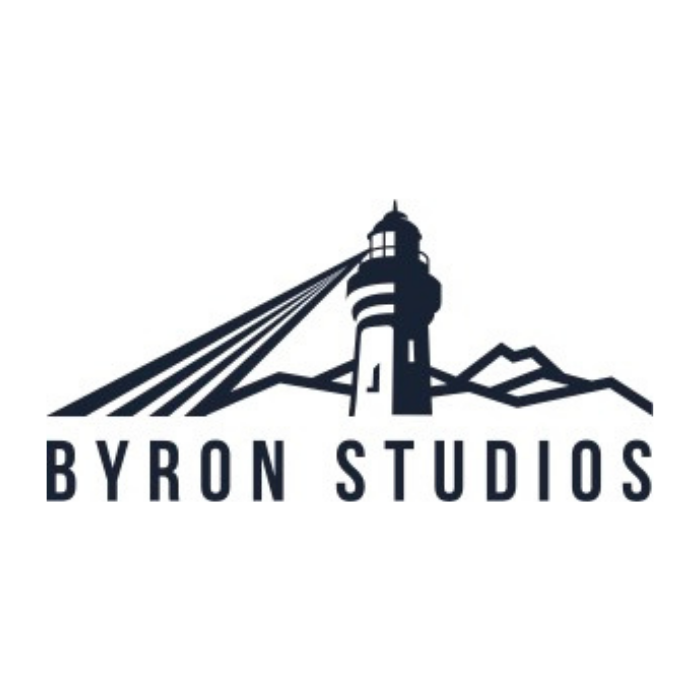Lennox Head based Angus McDonald is a well established and highly regarded artist and has been so for more than 20 years, but more recently he has been using film as the medium for his work.
At the beginning of 2017 he started Howling Eagle Productions, a company he set up to produce a series of short films dealing with the global refugee and migrant crisis. The series covers both the global situation and Australia’s unique and widely condemned offshore processing policy. Monthly episodes of these self-funded films will begin their release very soon on YouTube.
Angus recently became a Screenworks member and we spoke to him about his motivation and his experience of making the films.
SW: Tell us about the project you have been working on and how you got this project started?
A: Looking at the seemingly endless permutations of the debate surrounding refugee and asylum seeker policy in Australia, it’s easy to conclude that the issue is mired in so much complexity, it’s impossible decipher. But it isn’t. It’s simply about how we treat people. If there is any unsurmountable challenge at all, it’s how to present the situation in a way that provokes Australians to care enough about what we’re doing on Manus Island and Nauru and to force our political leaders to end it. No-one seems close to pulling that off yet. My project is simply another attempt to contribute to the way we see this issue.

Syrian refugees in Zaatari
I made the decision to begin this project just over a year ago. To get it started, I called a couple of people I knew, one a cameraman, the other a researcher and production assistant and then planned a filming trip through Greece and Jordan.
Earlier this year, we travelled again, this time to Lebanon. During the trips, we interviewed many high-profile people who have been instrumental in creating humanitarian solutions to support displaced people. We went to one of the World’s largest refugee camps in Jordan, and visited local communities in Greece who had absorbed massive arrivals. Most importantly, we met hundreds of refugees and their families in all three countries. In Australia, we have interviewed both individuals and organisations who are spearheading the effort to end the Government’s policies, as well as reporting on it. We also have never-seen-before footage from Manus Island which includes testimonials from numerous detainees. People have been generous with their time.
In the early stages, I was considering a number of options on the content and the most effective way to share it. In the end, I decided to break the project into 12 short films, like chapters. The series is self-funded and will be screened on YouTube in order to provide free and easy access to the films and to as many people as possible.
SW: What motivated you to take on this project and what do you hope to achieve with this project?
A: I began the project after travelling to Greece in late 2016 to research the response to the mass influx of refugees that had occurred during 2015 and 2016. More than one million people arrived in 15 months, landing on the shores of Greek Islands scattered across the eastern Aegean. I was so inspired by the humanitarian nature of what I witnessed there, and so increasingly uncomfortable about Australia’s treatment of a relatively small number of arrivals, that after I returned home, I made a decision to create a project to share what I learned.

Rebecca Booth in front of a pile of discarded of lifejackets in Lesvos, Greece
There is a miasma of despair and suffering emanating from the situation we have created for those refugees and asylum seekers locked away on Manus and Nauru. It’s cruel and completely unnecessary. After all I’ve seen in the past year, none of it makes any sense. These are people with nowhere to go, who are simply seeking our support while their futures are worked out. Which is exactly what we would hope for if any of us were in such a position.
Creating more empathy for those facing that impossible situation – people who are not that different to us, is the primary objective of the series Philoxenia. The title, Philoxenia, is a Greek word that describes a deeply embedded cultural tradition of that country about extending hospitality to strangers. It links welcoming a guest as a measure of self-respect. I believe most Australians understand that idea and would express their clear opposition to what their government is presently doing if they could gain some greater perspective.
In saying that, it is not easy to make people care about things they can’t see – that is no criticism of Australians – just a plain fact of life; partly because of our relative isolation, and also because of the prosperity that most of us are fortunate to enjoy. Many others before me have failed to create that change in thinking by engaging in projects like this. But I want to try anyway because it’s a worthwhile goal. My project is another contribution among many, and this type of attitudinal change is incremental and requires the contribution of many, changing views one mind at a time.
SW: I understand that you are new to filmmaking, can you tell us about why you are transitioning to film and how is this medium better for you to tell your stories?
A: Yes. I’ve been predominantly a painter for 20 years and have virtually no filmmaking experience! I chose film as the medium because I believe it has the greatest ability to cut through and reach people. There are many talented artists around the world, including Australians, who have advocated for change on many social justice issues through their work. Many have made important contributions, however reaching Australians is clearly difficult with this issue. For me, film is the most accessible way. But it has to be engaging, and the story needs to be told well. That’s the most daunting task for me with a new medium like this. I have grown an immense respect for filmmakers during this project – there’s such a commitment to detail and process that is challenging in filmmaking. I have so much to learn, but I’m enjoying it! I’m also enjoying the creative collaboration which is a change from being locked up alone in the studio with my paintings!
SW: Who are the key people on your team and what do you most admire about them?
A: We’re a small team, just 4 really, part-timers who believed in the project and were excited about the challenge of creating something that can make a difference. Since we’re small, we’re all key. I travelled with a cameraman called Nolan Verheij-Full who is young and very talented, and also Rebecca Booth who has a strong digital & research background. Both are locals and friends of mine. Our fourth person is Nerine Moodley, who is also a local and is covering the digital and logistical side. Several other people have made valuable contributions. I admire them all because they are decisive, sharp and relaxed.

Camera man Nolan Verheji-Full filming in the kitchen at City Plaza Refugee Centre, Athens
SW: Are there any other screen projects you are working on? Where to next for you with your filmmaking?
A: Who knows? I just take things one project at a time. When Philoxenia is finished and released in the next two months, I’ll assess the response and see what happens. I’d like to work more in the medium but in the meantime, I’ll get back to painting.
SW: Is there anything else that you would like to share with us about you and your work?
A: I’ve met incredible people in the process of creating this, not only refugees themselves, but those who are supporting and advocating for them as well. They have inspired me in ways that I wasn’t expecting and the whole experience has enriched me incredibly. I invite anyone who is interested to learn what we discovered to subscribe to our YouTube channel Howling Eagle Productions and watch our series Philoxenia when it is released very soon!

